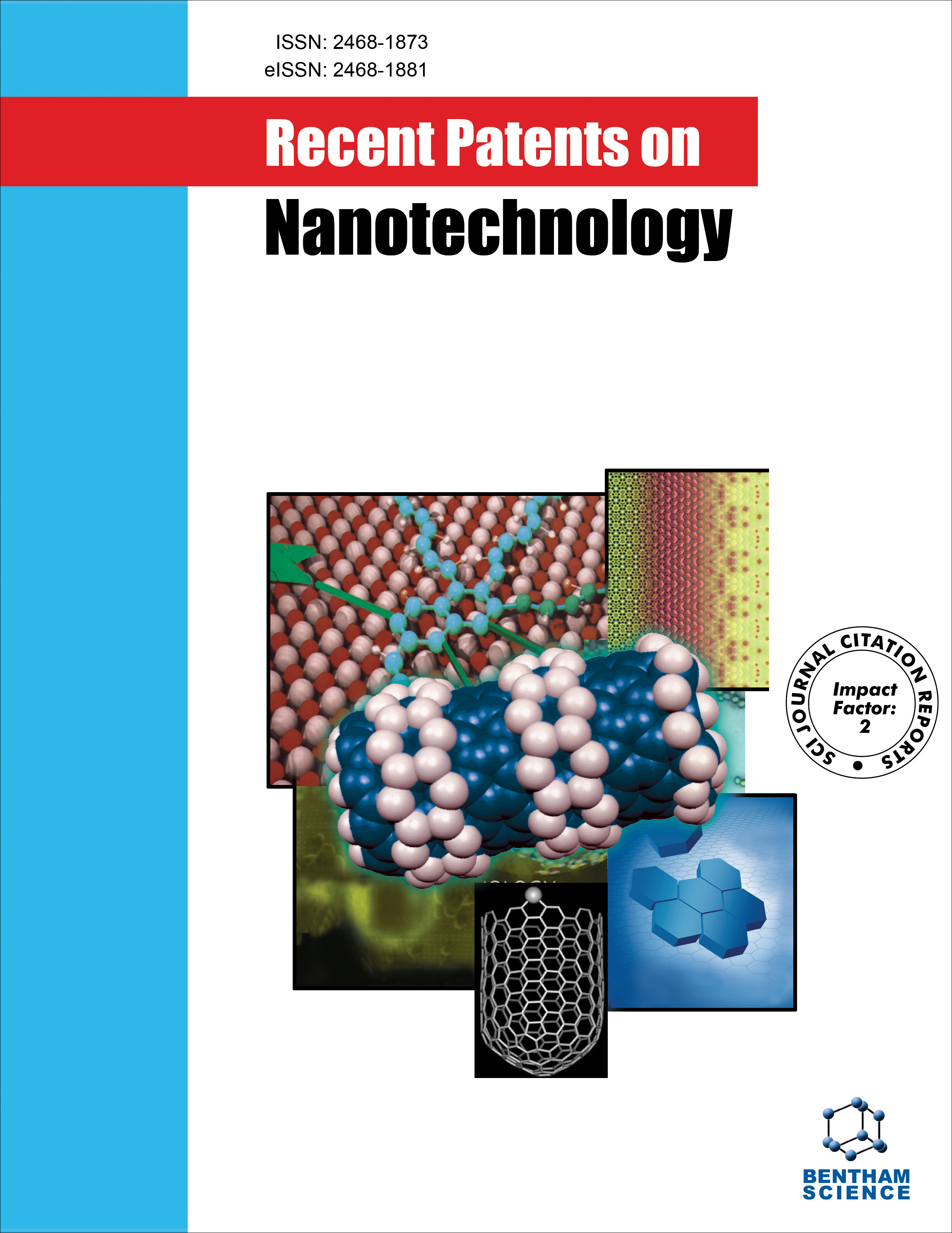
Full text loading...

The method of laser deposition of metal nanoparticles from a solution has been considered a promising approach for various applications in microelectronics since the end of the 20th century. Two new patents describe this promising method. They concern microelectronic applications. Meanwhile, as it turns out, the possibilities of the method are much broader. Laser-assisted liquid deposition is characterized by very low process rates (millimeters per hour) and high electrical resistance—2-5 orders of magnitude higher than the original materials. Therefore, we focused on another side effect of the process: the active release of gas phases of unsaturated hydrocarbons and hydrogen during the reaction. The goal was to explore the potential use of the effect of organic catalysis, which accompanies laser reactions in a liquid medium, in hydrogen energy and controlled organic synthesis.
The experiments were conducted with respect to water-organic alcohol mixtures of glycerol and isopropanol. V, Zr, Pb, Mo, Zn, and Nb were used as the tested nanocatalysts. The results of the process were monitored by liquid and gas phase GCMS, electron microscopy, optical microscopy and VX analysis. The competition of two processes was studied: laser deposition and laser ablation.
There was largely confirmed the assumptions regarding the high catalytic activity of metal nanoparticles formed as a result of two competing reactions: ablation and deposition occurring simultaneously in the laser beam focus in the solution. These reactions are dehydrogenation of saturated hydrocarbons and water, resulting in the formation of hydrogen and unsaturated hydrocarbons. Another result of the reaction is the deposition of pure reduced metal layers on the substrate in the reaction zone.
Some chemical reactions leading to this result have been deciphered. Firstly, these are reactions of formation of unsaturated hydrocarbons under the action of high energy flow on the surface. Then reactions of elongation of carbon chain at the place of formation of double bond can proceed. Complexation in solution with participation of organic compounds leads to autocatalytic reactions of precipitation of pure metals, including gold.
These arise due to an ability in liquid and precipitation reactions. This opens up another potential application for the process: refining trace amounts of precious metals, as demonstrated with gold. Both processes are environmentally friendly, which enhances the potential positive impact of their application.

Article metrics loading...

Full text loading...
References


Data & Media loading...